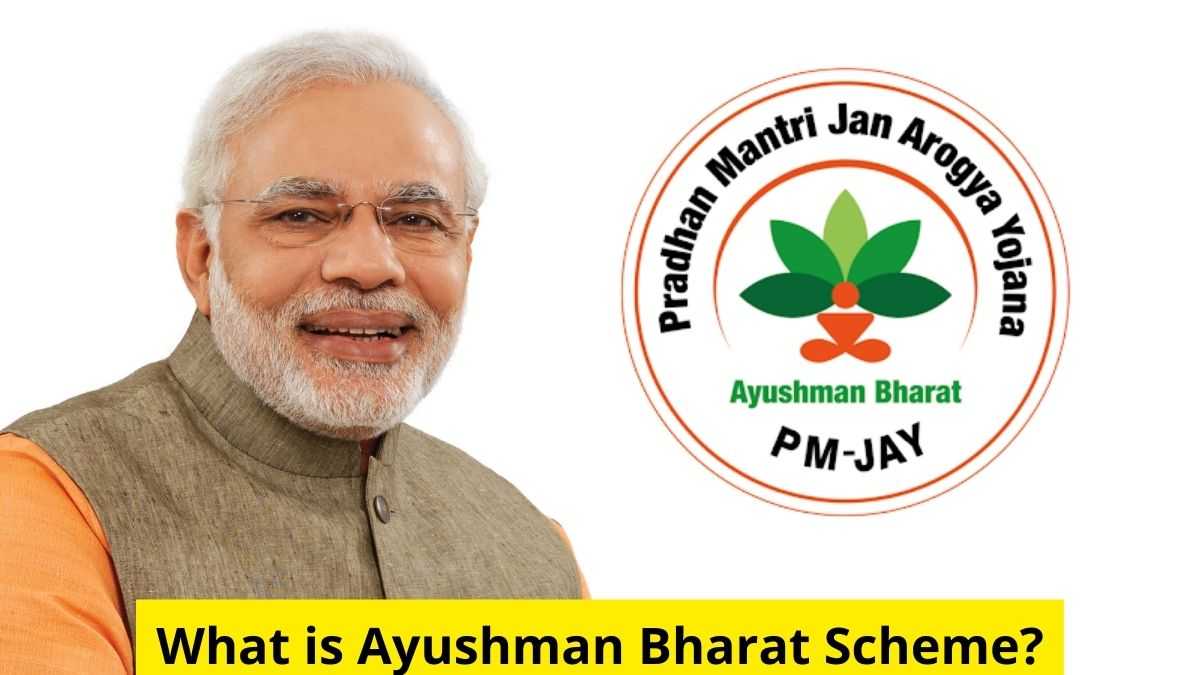India’s healthcare landscape has been evolving rapidly over the past few years, and one of the most transformative developments has been the Ayushman Bharat Scheme. Launched in 2018 by the Government of India, this flagship initiative is the world’s largest government-funded health insurance program. Designed to address the needs of the economically vulnerable population, Ayushman Bharat aims to make quality healthcare accessible and affordable to millions of Indians.
This article explores the objectives, components, benefits, eligibility, and impact of the Ayushman Bharat scheme—and everything you need to know about it.
What is Ayushman Bharat?
Ayushman Bharat, officially called the Pradhan Mantri Jan Arogya Yojana (PM-JAY), is a national health protection scheme that provides free health coverage of ₹5 lakh per family per year for secondary and tertiary care hospitalization. It covers over 12 crore poor and vulnerable families, roughly translating to over 50 crore beneficiaries.
The scheme is part of a broader vision to achieve Universal Health Coverage (UHC) in India and is structured around two major pillars:
-
Health and Wellness Centres (HWCs)
-
Pradhan Mantri Jan Arogya Yojana (PM-JAY)
Pillar 1: Health and Wellness Centres (HWCs)
Launched in 2018, the goal was to transform 1.5 lakh existing sub-centres and primary health centres into HWCs by 2022. These centres provide comprehensive primary healthcare that includes:
-
Maternal and child health services
-
Non-communicable diseases (NCD) screening
-
Mental health care
-
Basic diagnostic services
-
Free essential drugs
-
Health promotion and wellness services
These HWCs act as the first point of contact in the healthcare system and aim to shift the focus from illness to wellness.
Pillar 2: Pradhan Mantri Jan Arogya Yojana (PM-JAY)
This is the insurance component of the scheme and covers hospital expenses for serious medical conditions. Key highlights of PM-JAY include:
-
Coverage up to ₹5 lakh per family per year
-
Covers over 1,500 medical packages, including surgeries, cancer treatment, orthopaedics, cardiology, and more
-
Cashless and paperless treatment across empanelled public and private hospitals
-
No cap on family size, age, or gender
-
Pre- and post-hospitalization costs included
Eligibility Criteria
PM-JAY is targeted at the poorest and most vulnerable families. The eligibility is based on SECC (Socio-Economic Caste Census) 2011 data for rural and urban populations.
For Rural Areas:
-
Families with only one room with kucha walls and kucha roof
-
Households without an adult member between age 16–59
-
Households with no able-bodied adult member
-
Manual scavenger families
-
Landless households deriving income from manual labor
-
SC/ST households
For Urban Areas:
Based on occupational categories such as:
-
Rag pickers
-
Domestic workers
-
Street vendors
-
Construction workers
-
Drivers, transport workers, and more
You can check if your family is covered by visiting:
https://pmjay.gov.in
Key Benefits
-
Completely cashless hospitalization in government and empanelled private hospitals
-
Coverage includes diagnostics, medicines, accommodation, and surgical procedures
-
Portability across India—beneficiaries can avail treatment in any state
-
Covers pre-existing diseases from day one
-
Reduces out-of-pocket expenditure significantly
How to Avail the Benefits?
-
Check eligibility on the PM-JAY portal.
-
Visit the nearest empanelled hospital or Common Service Centre (CSC).
-
Show any government ID proof (like Aadhaar or ration card).
-
Ayushman Mitra, a trained assistant at hospitals, helps verify documents.
-
Get cashless treatment if eligible.
Role of Ayushman Mitras
Each empanelled hospital has Ayushman Mitras, who are trained personnel responsible for:
-
Verifying documents
-
Guiding patients through the process
-
Coordinating with insurance companies and hospitals
-
Ensuring a smooth and paperless experience
Hospitals Under PM-JAY
Over 27,000 hospitals (public and private) are empanelled under the scheme. You can search empanelled hospitals here:
https://hospitals.pmjay.gov.in
Challenges Faced
Despite its scale, Ayushman Bharat faces some key challenges:
-
Low awareness in remote rural areas
-
Fraudulent claims and misuse by hospitals
-
Overburdened public healthcare facilities
-
Shortage of specialists and trained manpower in tier-2 and tier-3 cities
-
Digital access issues in some locations
Impact So Far (As of 2024)
-
Over 5 crore hospital admissions since launch
-
More than ₹65,000 crore worth of treatments provided
-
12 crore+ Ayushman cards issued
-
Increasing participation from private hospitals
-
Health and Wellness Centres expanding access to diagnostics and NCD screenings
Future of Ayushman Bharat
The government is expanding the scope and digital integration of the scheme. Key upcoming features include:
-
Digital Health ID for all citizens under the Ayushman Bharat Digital Mission (ABDM)
-
Integration with telemedicine services
-
Wider coverage for chronic conditions
-
Inclusion of middle-income groups in a contributory model
The Ayushman Bharat scheme marks a paradigm shift in India’s approach to healthcare. With its dual focus on preventive care and financial protection, it holds the potential to democratize healthcare access in India. However, its success depends on continued investments in public health infrastructure, awareness campaigns, fraud prevention, and improved data systems.
For every Indian citizen, especially the vulnerable, Ayushman Bharat represents hope, dignity, and a safety net against medical emergencies. Understanding and utilizing this scheme can be a game-changer for millions of families.
Quick Links:
-
Check Eligibility: https://pmjay.gov.in
-
Find Hospital: https://hospitals.pmjay.gov.in
If you’re working in healthcare, public policy, or insurance, understanding Ayushman Bharat is crucial—it’s not just a government program, it’s a public movement toward universal healthcare.




